An international team of scientists has identified 29 independent genetic risk variants — 19 of them novel — linked to problematic alcohol use and revealed genetic relationships with numerous other traits.


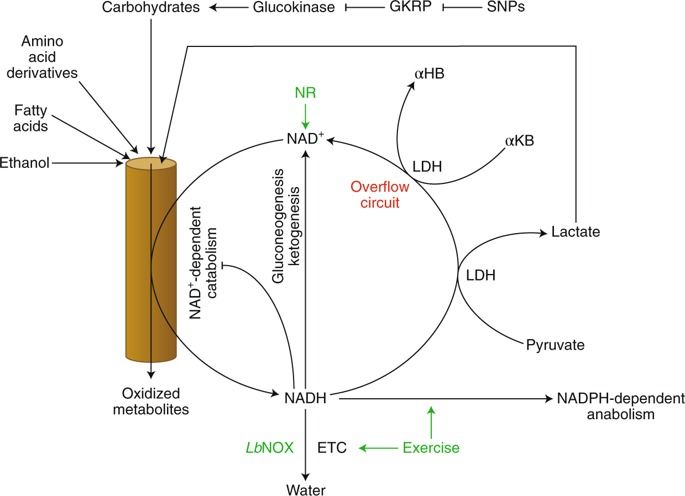
Whereas textbooks depict metabolism in perfect homeostasis, disturbances occur in real life. One particularly relevant disturbance, caused by excess food and alcohol consumption and exacerbated by genetics, is reductive stress. New work by Goodman et al. identifies a biomarker of reductive stress and uses a gene therapy solution in mice. This work suggests how exercise and an accessible nutritional technology can synergistically increase catabolism and relieve reductive stress.
Sirtuins, telomeres, A.I. experiment with vitamin A and personalized medicine, a bit of everything here.
https://facebook.com/LongevityFB https://instagram.com/longevityyy https://twitter.com/Longevityyyyy https://linkedin.com/company/longevityy
- Please also subscribe and hit the notification bell and click “all” on these YouTube channels:
https://youtube.com/Transhumania
https://youtube.com/BrentNally
https://youtube.com/EternalLifeFan
https://youtube.com/MaxEternalLife
https://youtube.com/LifespanIO
https://youtube.com/LifeXTenShow
https://youtube.com/BitcoinComOfficialChannel
https://youtube.com/RogerVer
https://youtube.com/RichardHeart
https://youtube.com/sciVive
Brian Kennedy’s Lab Website:
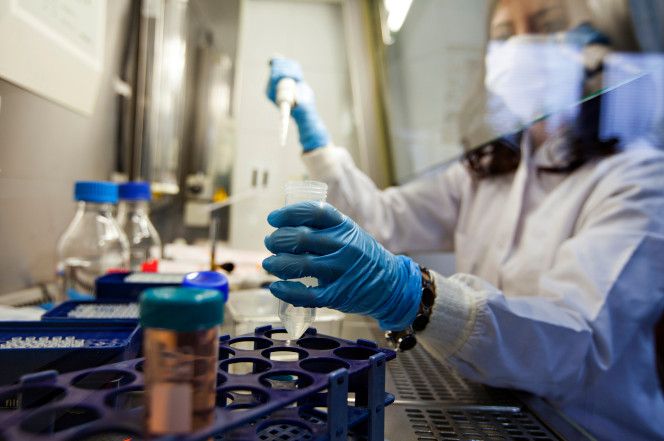
Not all viruses set out to cause widespread death and sickness — some have the potential to fight cancer, according to new research.
Researchers from Hokkaido University in Japan have genetically engineered adenoviruses, which is a family of viruses that cause mild symptoms, to replicate inside cancer cells and kill them, according to a new paper in the journal Cancers.
To do this, Fumihiro Higashino, a molecular oncologist, and his team inserted adenylate-uridylate-rich elements (AREs) from two human genes — a stabilizing element found in a type of macromolecule present in all biological cells — into two strains of the virus to help specifically attack cancer cells.
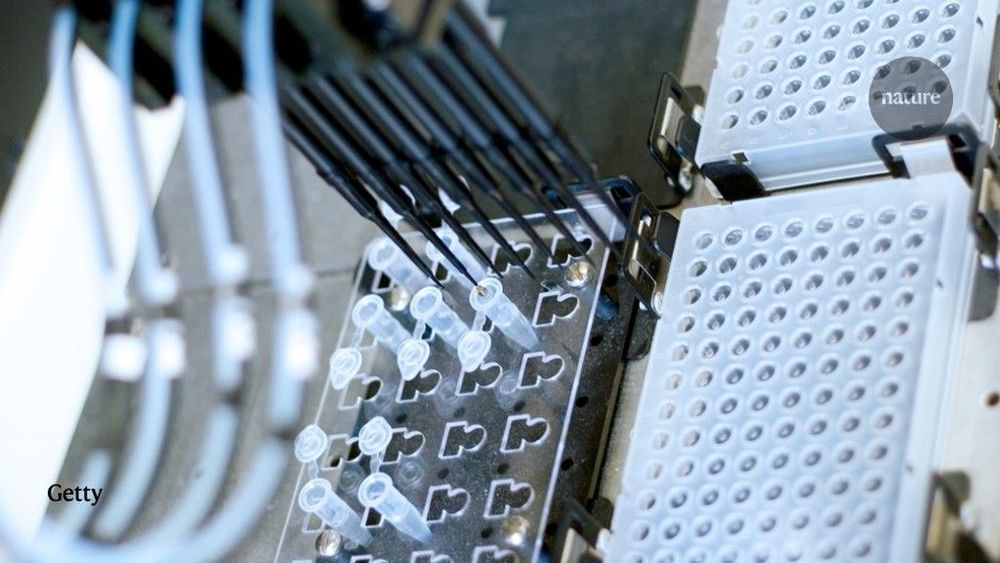
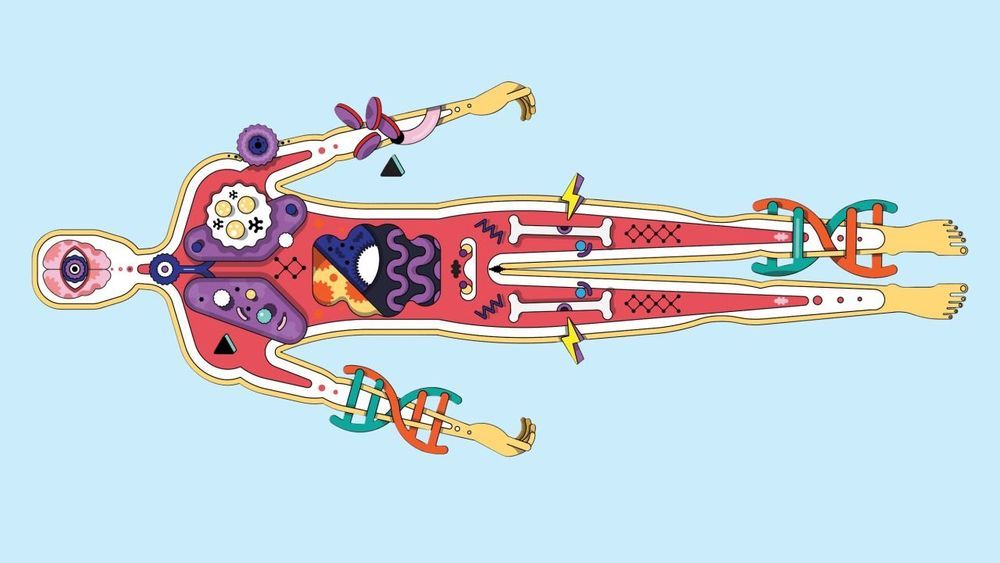
CRISPR gene-editing trials have taken off—and may hold the key to medical breakthroughs.
[Illustration: Jamie Cullen]
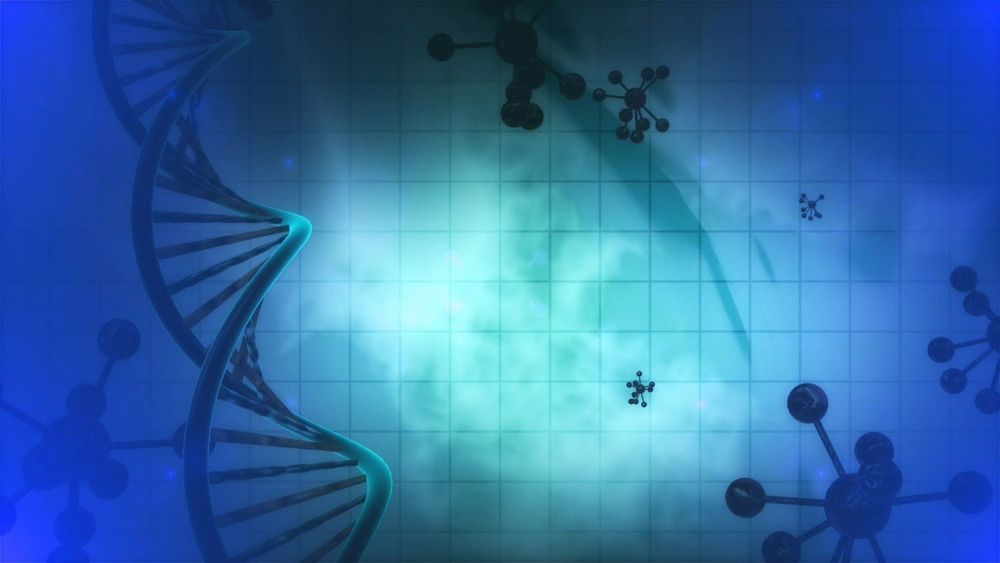
A key epigenetic mark can block the binding of an important gene regulatory protein, and therefore prohibit the gene from being turned off, a new UNSW study in CRISPR-modified mice—published this month in Nature Communications —has shown.
The study has implications for understanding how epigenetics works at a molecular level—and down the track, the scientists hope the research will help them to investigate new treatments for blood disorders.
“Epigenetics looks at how non-permanent, acquired chemical marks on DNA determine whether or not particular genes are expressed,” study leader and UNSW Professor Merlin Crossley says.
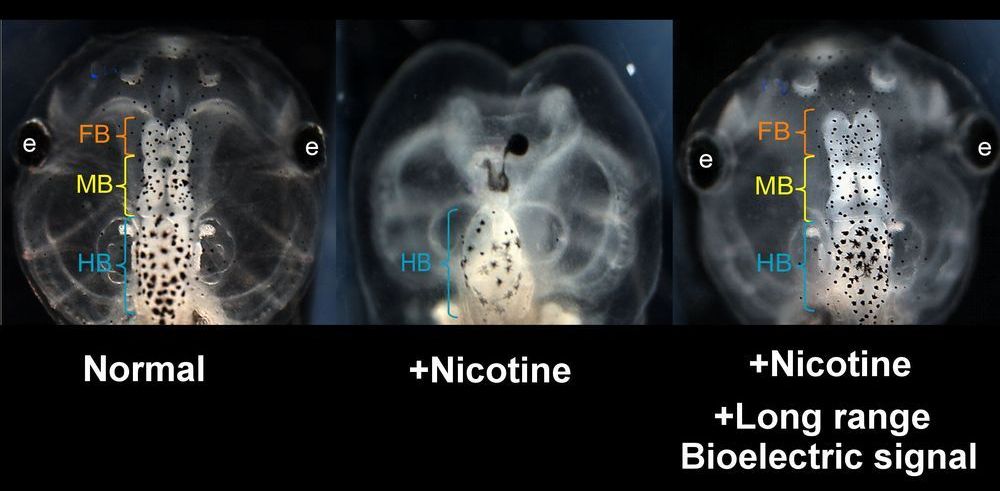
Researchers led by biologists at Tufts University have discovered that the brains of developing frog embryos damaged by nicotine exposure can be repaired by treatment with certain drugs called “ionoceuticals” that drive the recovery of bioelectric patterns in the embryo, followed by repair of normal anatomy, gene expression and brain function in the growing tadpole. The research, published today in Frontiers in Neuroscience, introduces intervention strategies based on restoring the bioelectric “blueprint” for embryonic development, which the researchers suggest could provide a roadmap for the exploration of therapeutic drugs to help repair birth defects.

It was January of 1980 when 21-year-old Helene Pruszynski was kidnapped, raped and murdered in Douglas County, Colorado. Her body was found in a field, but police never identified a suspect. Pruszynski’s murder became a cold case.
“We consider a case that does not have any viable leads after one to two years a cold case,” cold case detective Shannon Jensen said.
However, Jensen says the case was never forgotten. Detectives continued to re-open it for 40 years. Then, with the help of new DNA technology, the suspect was identified in December of last year as James Curtis Clanton. He will be sentenced on April 10, based on the first-degree murder laws in 1980.

A molecule commonly produced by gut microbes appears to improve memory in mice.
A new study is among the first to trace the molecular connections between genetics, the gut microbiome, and memory in a mouse model bred to resemble the diversity of the human population.
While tantalizing links between the gut microbiome and brain have previously been found, a team of researchers from two U.S. Department of Energy national laboratories found new evidence of tangible connections between the gut and the brain. The team identified lactate, a molecule produced by all species of one gut microbe, as a key memory-boosting molecular messenger. The work was published recently in the journal BMC Microbiome.